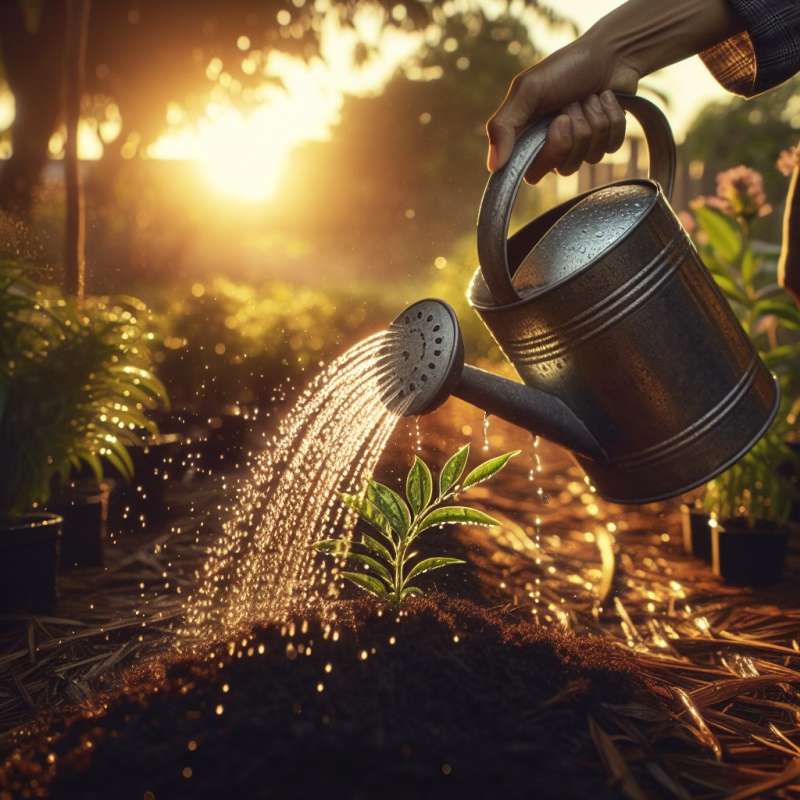
Choosing the Right Pot
Select a pot with ample space, at least 18 inches deep. Ensure it has drainage holes to prevent root rot. Consider materials like terracotta that breathe, promoting healthy root development and preventing overheating.
Quality Soil Matters
Roses thrive in rich, loamy soil. Mix in compost and aged manure for added nutrients. A pH level around 6.0 to 6.5 is ideal. Avoid soil that is too heavy or clay-like, which can retain excessive water.
Sunlight and Temperature
Roses need about 6-8 hours of sunlight daily. Too little light leads to weak blooms. Position your potted roses to maximize sun exposure. Protect from intense afternoon heat in scorching climates by providing partial shade.
Watering Best Practices
Overwatering is as harmful as under-watering. Allow the top inch of soil to dry out between waterings. Early morning is the best time to water, reducing evaporation and disease risk. Mulching helps maintain moisture balance.
Nutrition and Feeding
Feed your roses with rose-specific fertilizer every 4-6 weeks during growing season. Incorporate Epsom salt occasionally to encourage new growth and vibrant blooms. Reduce feeding in late summer to prepare for dormancy.
Pruning for Health
Prune in early spring and remove dead or weak branches to promote growth. Deadheading, or removing spent flowers, encourages more blooms. Pruning can also shape the plant and enhance air circulation.
Winter Care Insights
In colder climates, potted roses need protection. Wrap pots with burlap or move them to a sheltered area. Provide extra mulch around the base. Roses can be overwintered indoors in unheated garages or sheds.
Ideal pot depth for roses?
6 inches deep, with holes
18 inches deep, drainage holes
24 inches deep, no holes
Company